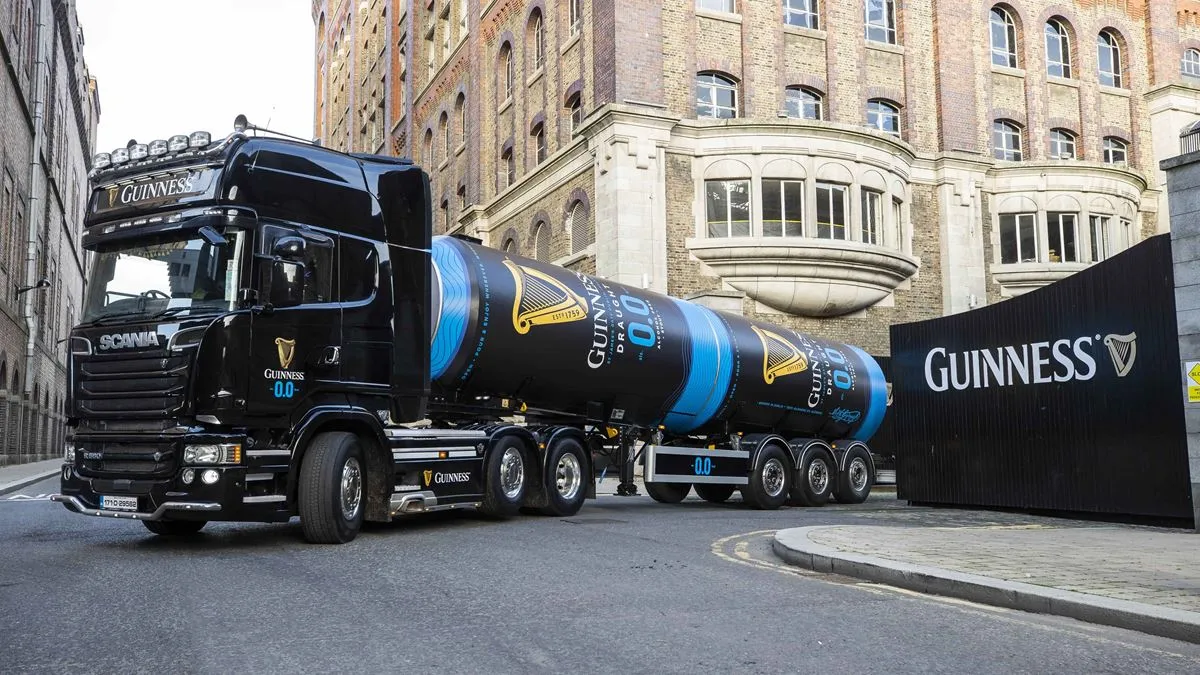Dive Brief:
- Global sales of no- and low-alcohol category value topped $11 billion in 2022, with growth expected to accelerate in the coming years, according to data from IWSR.
- The data firm said consumer demand for no- and low-alcohol products rose more than 7% in volume across 10 key global markets in 2022. The category is forecast to post a compound annual growth rate topping 7% through 2026 — double digits in the U.S. — compared to above 5% from 2018 to 2022.
- While sales of low- and no-alcohol are small compared to the multibillion-dollar U.S. alcohol market, the category is benefiting from consumers who value healthier offerings and have a lesser willingness to imbibe, particularly during the workweek.
Dive Insight:
Once mocked, no/low-alcohol has made its mark in the beverage category, with many in the industry predicting it has long-term staying power. Beverage companies have quickly taken notice.
“The dynamic no/low-alcohol category presents opportunities for incremental sales growth as consumers are recruited from drinks categories such as soft drinks and water,” Susie Goldspink, head of no- and low-alcohol at IWSR, said in a statement. “As more people opt to avoid alcohol on certain occasions – or abstain from it altogether – no-alcohol is steadily increasing its share of the no/low category.”
According to a Gallup poll conducted in 2021, 40% of U.S adults say they do not consume beverages, such as liquor, wine or beer — among the lowest marks recorded during the last two decades — up from 35% in 2019.
It’s a big reason why large alcohol makers, such as Molson Coors and AB InBev, have flooded the market with their own offerings and small upstarts, such as Athletic Brewing, have grown rapidly and attracted millions in funding. With sales of many traditional brews well of their peak, and growth hard to come, the possibility of participating in a category with sales topping 7% is too much to resist.
IWSR noted that switching between alcohol and no/low products is common, both in the same occasion and between different ones. It noted that 78% of consumers of no/low products also drink full-strength alcohol.
With shoppers, especially younger-aged groups showing a willingness to go between alcohol and products that contain a little or none of it, brands such as Guinness, Heineken, Corona and Budweiser have offerings that straddle both categories. Molson Coors debuted its first nonalcoholic ready-to-drink cocktail line, Roxie, in January, which aims to recreate the craft cocktail experience.
The growth has attracted the attention of companies that traditionally haven’t played in the space. Last November, Keurig Dr Pepper purchased a minority stake in Athletic Brewing through a $50 million investment in the nonalcoholic craft beer maker. The investment came a few months after Keurig Dr Pepper made a big bet on the rapidly growing nonalcoholic beverage category following its acquisition of the ready-to-drink cocktail brand Atypique.
Even other soda companies, such as PepsiCo and Coca-Cola, have entered the category. In 2021, PepsiCo introduced a line of premium, nonalcoholic cocktail mixers called Unmuddled that were designed for consumers seeking experimentation, flavor variety and a bar-quality experience at home. And Coca-Cola’s Simply brand is moving into cocktail mixers and mocktails with an offering called Simply Mixology that can be blended with or without alcohol.
IWSR noted that one major challenge facing the no/low category is availability. In several markets, the firm found there often is a lack of visibility and confusion among retailers about where the offerings should be displayed; in the beer/wine/spirits aisle, among soft drinks, or on their own.













